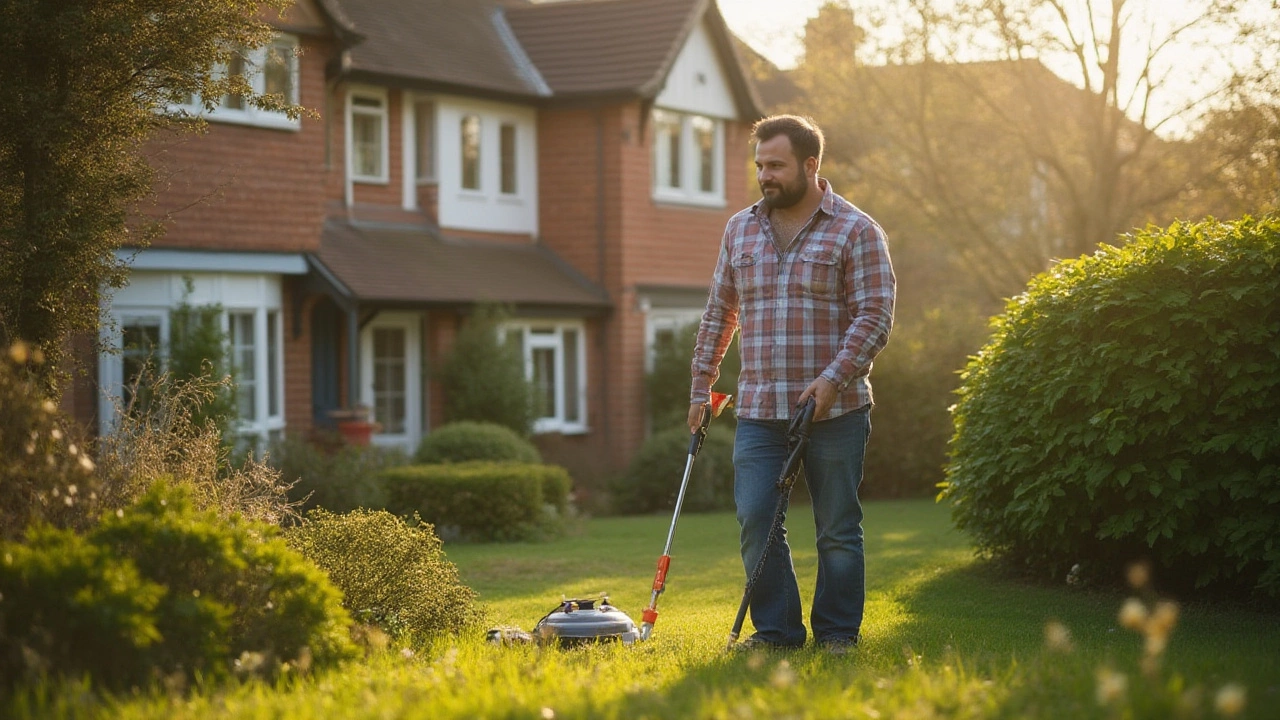DIY Pressure Washing: Simple Tips for a Spotless Home Exterior
Got a dirty driveway, grimy siding, or mossy patio? You don’t need a pro to make it shine. With the right gear and a few safety habits, pressure washing can be a quick weekend project that saves you cash.
Pick the Right Gear
First thing you need is a pressure washer that fits the job. For car‑washes and patios, a 1,300‑1,500 PSI unit works fine. Decks and brick walls can handle 2,000‑2,500 PSI, but go higher only if you’re comfortable with the power. Look for an adjustable nozzle – the small‑orifice (0‑40°) blasts tough grime, while the wide‑orifice (25‑40°) is safe for paint and delicate surfaces.
Safety First
Pressure washers are strong enough to cut skin, so never aim the spray at people, pets, or electrical outlets. Wear goggles, gloves, and sturdy shoes. Keep the wand at least 12‑18 inches from the surface when you start, then move closer only after you know how the material reacts. Turn off the machine before you plug or unplug anything.
Next, clear the area of loose objects – branches, toys, garden tools – that could get tossed by the water stream. If you’re working near a ladder, secure it so it won’t wobble under the spray.
Prep the Surface
Rinse the area first. A light spray removes dust and loose dirt, preventing scratches when you crank up the pressure. For oil stains on driveways, sprinkle a bit of dish soap or a dedicated degreaser and let it sit for five minutes. This pre‑treatment lets the water do the heavy lifting instead of you scrubbing.
Technique That Works
Start at the top of the surface and work down. Overlapping each pass by about 20% ensures no streaks. Keep the wand moving; holding it in one spot for more than a second can etch the material. For vertical walls, use a sweeping motion from bottom to top to avoid water lines.
If the paint starts to peel, back off the pressure or switch to a wider spray tip. For brick or concrete, a rotary nozzle (if your model has one) can break up stubborn grime without gouging the surface.
Common Mistakes to Avoid
Don’t use hot water unless your washer specifically says it’s safe – hot spray on painted wood can cause bubbling. Avoid high‑pressure rinsing on windows; water can force its way into frames and cause leaks. And never skip the final rinse – leftover soap can leave a film that attracts more dirt.
Cost, Time & When to Call a Pro
A decent electric pressure washer costs around £150‑£250, while gas models start at £300. Most DIY jobs take 30‑60 minutes, depending on size. If you spot cracked siding, extensive mold, or need to clean a roof, it’s smarter to hire a professional. They have higher‑pressure equipment and can work safely at heights.
Bottom line: with the right machine, a few safety steps, and a bit of prep, DIY pressure washing gives you a clean look without breaking the bank. Grab your washer, follow these tips, and enjoy a fresh‑looking home exterior in no time.

Can You Pressure Wash Your House Yourself? Tips, Myths, and What to Know
Thinking about pressure washing your house yourself? This guide dives into DIY tips, safety, gear, common mistakes, and whether tackling this project on your own is the right call.
Read More